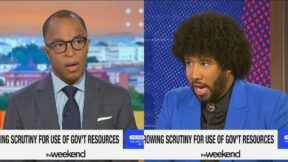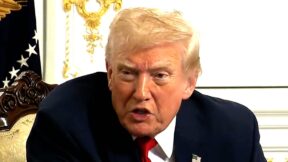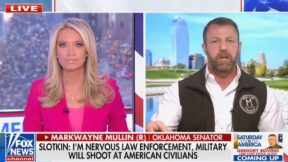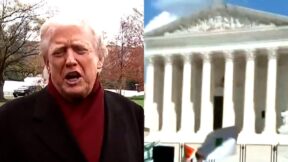Trump Has Nearly Ceased Intel Briefings Since Russian-Taliban Bounties Became Public
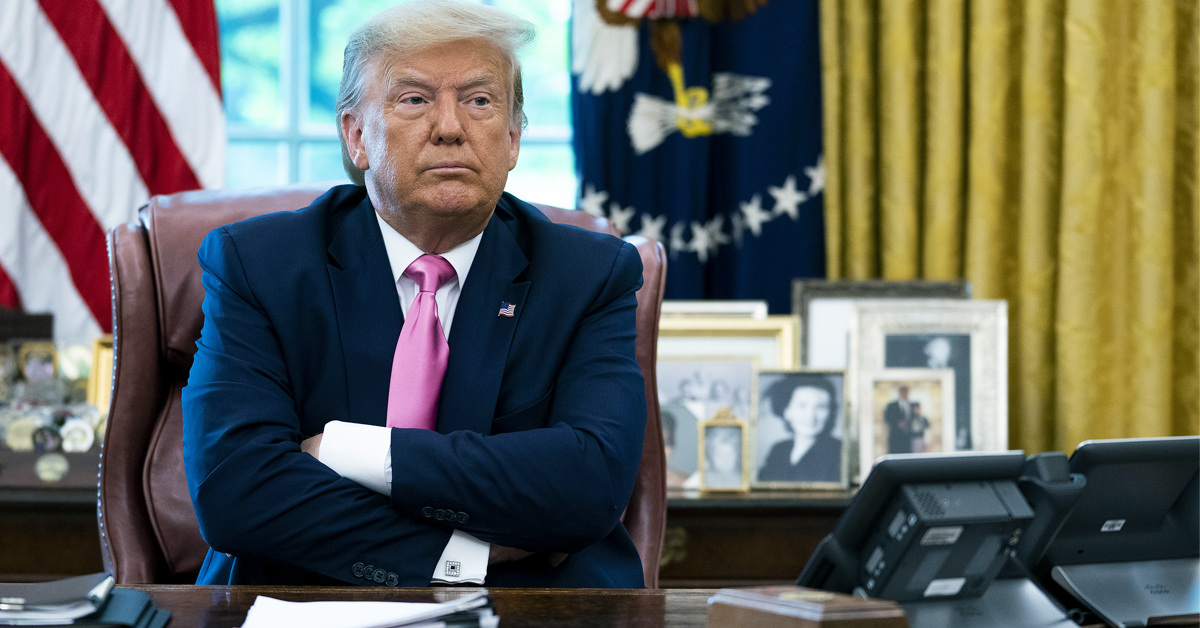
Doug Mills-Pool/Getty Images
President Donald Trump has nearly ceased receiving daily presidential intelligence briefings, according to his daily schedules.
Daily White House schedules indicate Trump is taking an average of .7 briefings per week since July 1, down from a high of 4.1 in March 2017, shortly after he assumed office. He received the most recent briefing — and the first since July 22 – on Monday, according to The Huffington Post, which reviewed the records.
The president is typically offered the President’s Daily Brief each morning, a top-secret document with updates from the CIA and other intelligence agencies. President Barack Obama reportedly read it on an iPad; Presidents George W. Bush and his father, George H.W. Bush, preferred face-to-face briefings.
Trump argued in 2016 — shortly after his election — that the briefings had already become repetitive, saying in an interview, “I get it when I need it … I don’t need to be told the same thing and the same words every single day for the next eight years.”
The issue reached elevated stature in the news this summer, after The New York Times reported in June that Russia had been placing bounties for members of the Taliban to collect on American troops in Afghanistan. Trump reportedly received a written briefing on the program as early as February, but wrote in a June 28 message on Twitter, “Nobody briefed or told me, Vice President Mike Pence, or Chief of Staff Mark Meadows about the so-called attacks on our troops.”
White House communications director Alyssa Farah said in a statement that Trump was doing fine without the briefings. “The president is briefed on critical intelligence daily by his national security adviser, his career CIA briefer, and/or his chief of staff,” Farah said. “He also takes part in full formal presidential intelligence briefings near weekly or every other week with the CIA director, national security adviser, director of national intelligence, White House counsel, and usually the secretary of treasury, secretary of state, and sometime the secretary of defense in person in the Oval Office.”
